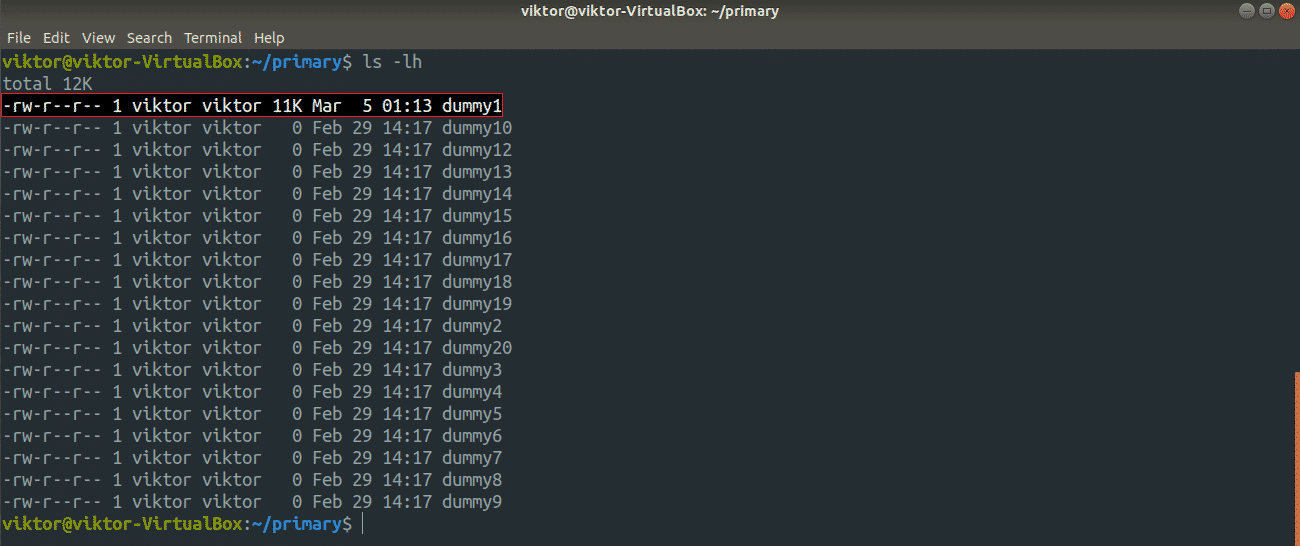


#GRSYNC EXCLUDE DIRECTORY HOW TO#
Note: The trailing slashes at the end of both paths.Previous Post Next Post How to Use rsync to Exclude Files and Directories in Data Transfer rsync -avzlh -ignore-existing /sata1/home/ramya/ /tmp/home/ramya/ | tee /tmp/$(date+"%F_%R")-backup.log If you want to copy multiple files at once from one location to another within your system, you can do so by typing rsync followed by source files name and the destination directory. So the solution is to use entire directory name (instead of asterisk) as argument to rsync command. The asterisk will expand all files in the current working directory except the files whose name starts with a dot (hidden files). Thus, rsync never receives the hidden files as arguments. bash-3.2#du -h -x /sata1/home/ramyaġ2K /tmp/home/ramya/techglimpse/openvas.txtįrom the above output, I understood that the hidden files were not copied and it was due to “ *" (asterisk) used in the rsync command. Replace destination/ with the directory name rsync will use as the target location for your data. To debug the issue, I used du command to check the size of each file inside the source and destination folders as shown below: By listing the files and comparing the file size. The basic syntax for the rsync exclude option looks like this: rsync OPTIONS -exclude 'fileordirectory' source/ destination/ Replace source/ with the directory name you want to use as a source for data transfer to another location.

So where’s the remaining data? Let me explain how I fixed the issue. Lookout for the ‘asterisk’ in the above command (that was the issue and I’ll be explaining the reason below the fold) du command discrepancy findings:ĭu command output of the source directory (/sata1/home/ramya/): # du -chs /sata1/home/ramya/ĭu command output of the destination directory (/tmp/home/ramya): # du -chs /tmp/home/ramya/įrom the above snapshots, you can see that the source directory is of size 167GB and the copied directory is of size 1.4GB. As told earlier, I used rsync to copy the directory as shown below: usr/bin/rsync -avzlh /sata1/home/ramya/* /tmp/home/ramya/ | tee /tmp/$(date+"%F_%R")-backup.log

file1.txt dir1/ dir1/dir2/ dir1/dir2/file3.txt dir3/ sent 277 bytes received 111 bytes 776.00 bytes/sec total size is 0 speedup is 0. Scenario: Let us assume – the old storage mount point is ‘/sata1/home/ramya’ and the new storage mount point is ‘/tmp/home/ramya’. sudo rsync -avz -exclude-from 'exclude-list.txt' source/ email protected:destination/ output sending incremental file list created directory destination. In this mode all given files are copied in recursive mode.
#GRSYNC EXCLUDE DIRECTORY ARCHIVE#
Below is snapshot explaining the scenario. Rsync Copy Hidden Dot File Command Options The options are as follows: -a Archive mode copy. But to my surprise, the data to be copied was around 167GB and the copied data was of just 1.4GB! I used ‘du’ command to calculate the disk size of source and destination folders and ensured that ‘du’ is not showing erratic results by following this tutorial – how to fix erratic disk usage statistics from du. The operation completed successfully without throwing any warning/error. The rsync command will create the /destination/someothername directory and transfer the contents of the /home/username directory to it. I used rsync command to copy a particular user directory from one storage device to another.


 0 kommentar(er)
0 kommentar(er)
